Walking the ancient Silk Road trails is a dream for many adventure enthusiasts. The vast landscapes, historical significance, and cultural richness make it an unforgettable journey. However, traversing these routes demands more than just enthusiasm—it requires meticulous physical preparation. Unlike casual hiking, long-distance trekking on rugged terrains tests endurance, strength, and mental resilience. Whether you’re planning to cross the Taklamakan Desert or navigate the Tian Shan mountains, your body must be ready for the challenge.
The foundation of any successful trek lies in building cardiovascular endurance. The Silk Road isn’t a flat, paved path; it’s a mix of deserts, mountains, and uneven trails that can stretch for weeks. Regular aerobic exercises like running, cycling, or swimming should be incorporated into your routine at least three months before the trip. Start with moderate sessions and gradually increase intensity. Interval training, which alternates between high and low-intensity bursts, is particularly effective for simulating the unpredictable demands of the trail. Remember, the goal isn’t to sprint but to sustain energy over long hours.
Strength training is equally critical. Carrying a loaded backpack for days on end strains muscles you might not use in daily life. Focus on compound movements like squats, lunges, and deadlifts to build lower-body strength—your legs will bear the brunt of the journey. Don’t neglect your core; a strong midsection improves balance and reduces fatigue when navigating rocky or slippery surfaces. Upper-body exercises, such as pull-ups and rows, will help manage the weight of your gear. Incorporate resistance training twice a week, but avoid overloading—muscles need time to recover.
Flexibility and joint stability often go overlooked but are vital for preventing injuries. The Silk Road’s terrain is unforgiving, with sudden elevation changes and unstable footing. Yoga or dynamic stretching routines can enhance mobility, particularly in the hips and ankles. Pay attention to your knees; downhill sections with heavy loads can cause strain. Exercises like step-ups and calf raises strengthen the smaller stabilizing muscles around joints. If you have a history of joint issues, consider consulting a physiotherapist for targeted exercises or supportive gear like knee braces.
Mental preparation is just as important as physical conditioning. Long days of walking in isolation or under harsh conditions can wear down even the fittest trekkers. Practice mindfulness or meditation to build mental stamina. Simulate challenging scenarios during training—hike in bad weather or carry extra weight to acclimatize your mind to discomfort. Familiarize yourself with the route’s history and significance; connecting emotionally to the journey can provide motivation when fatigue sets in.
Nutrition plays a pivotal role in sustaining energy levels. On the trail, you’ll burn significantly more calories than usual, often in environments where food isn’t readily available. Prioritize complex carbohydrates, lean proteins, and healthy fats in your pre-trip diet. During the trek, pack high-energy snacks like nuts, dried fruits, and energy bars. Hydration is non-negotiable, especially in arid regions. Train your body to drink water regularly, even if you don’t feel thirsty. Electrolyte supplements can help maintain balance during intense exertion.
Finally, test your gear and physical readiness with shorter, multi-day hikes before embarking on the Silk Road. A weekend backpacking trip can reveal weaknesses in your preparation—whether it’s ill-fitting boots, an unbalanced pack, or inadequate stamina. Use these trial runs to refine your approach. The Silk Road isn’t a race; it’s a test of perseverance. With disciplined preparation, you’ll not only complete the journey but also fully absorb its wonders.
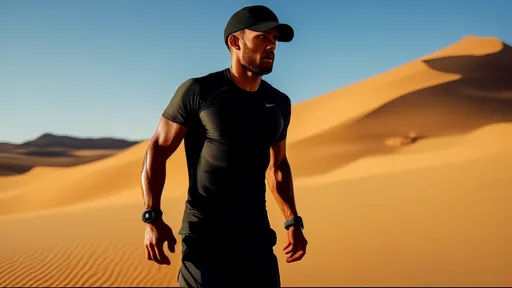
By /Jul 10, 2025

By /Jul 10, 2025

By /Jul 10, 2025

By /Jul 10, 2025

By /Jul 10, 2025

By /Jul 10, 2025
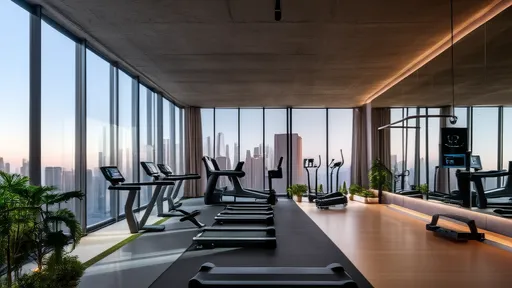
By /Jul 10, 2025

By /Jul 10, 2025

By /Jul 10, 2025

By /Jul 10, 2025

By /Jul 10, 2025
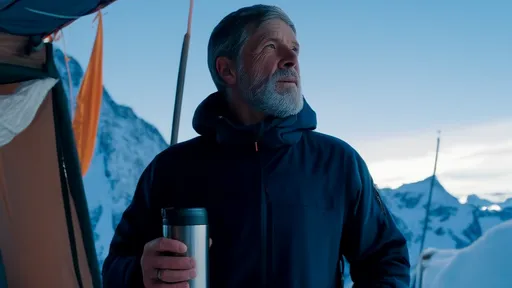
By /Jul 10, 2025

By /Jul 10, 2025

By /Jul 10, 2025

By /Jul 10, 2025
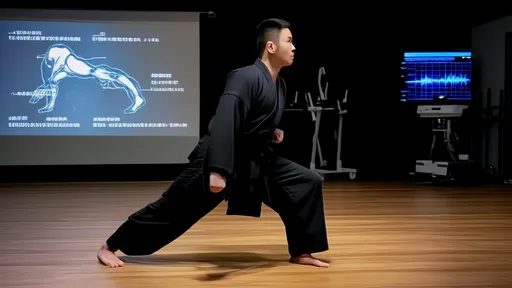
By /Jul 10, 2025
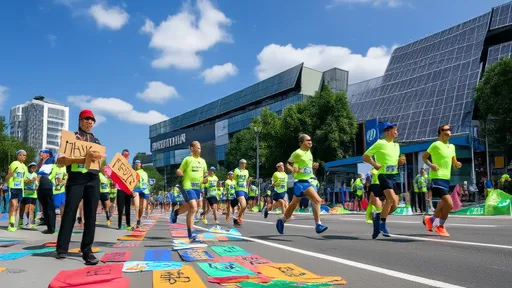
By /Jul 10, 2025

By /Jul 10, 2025